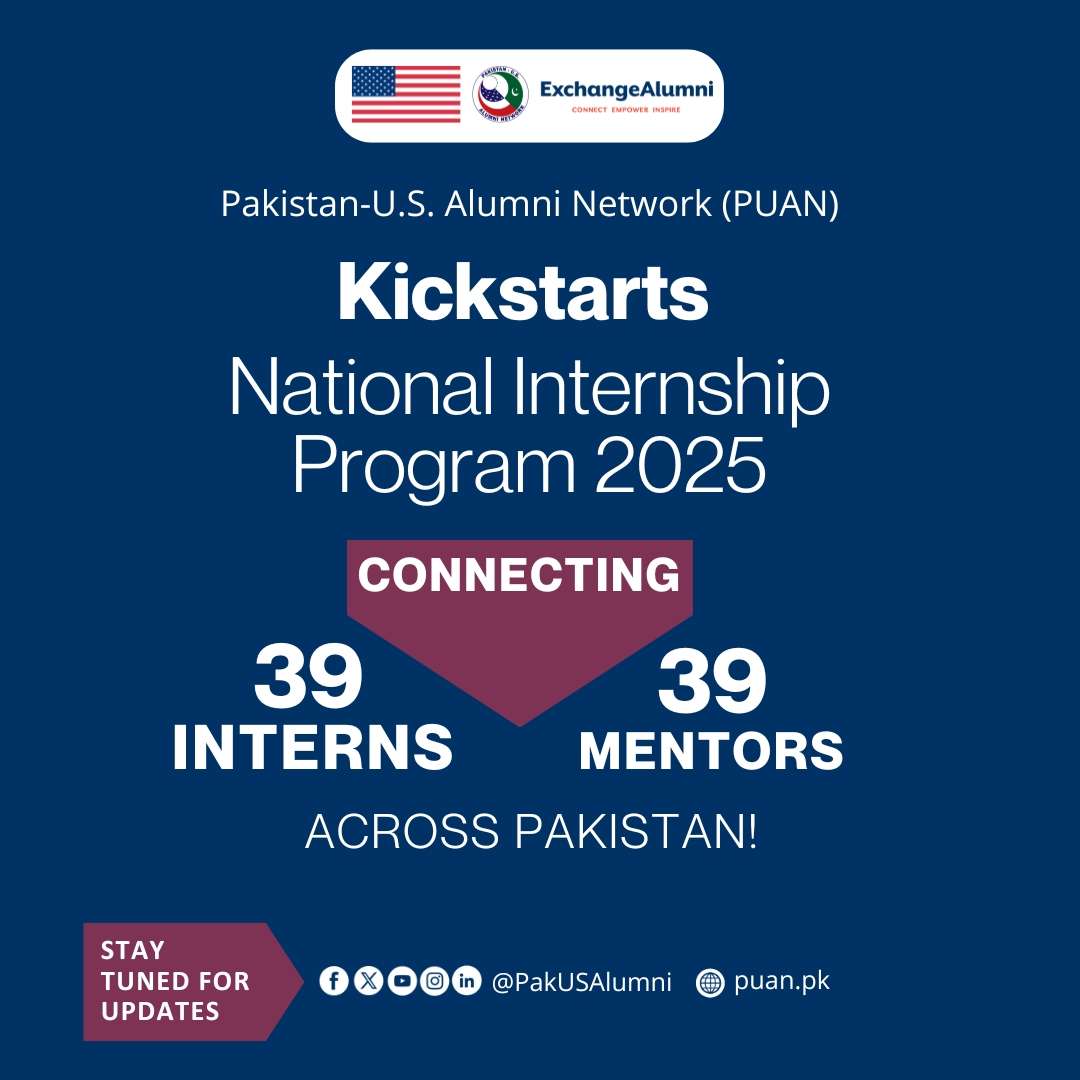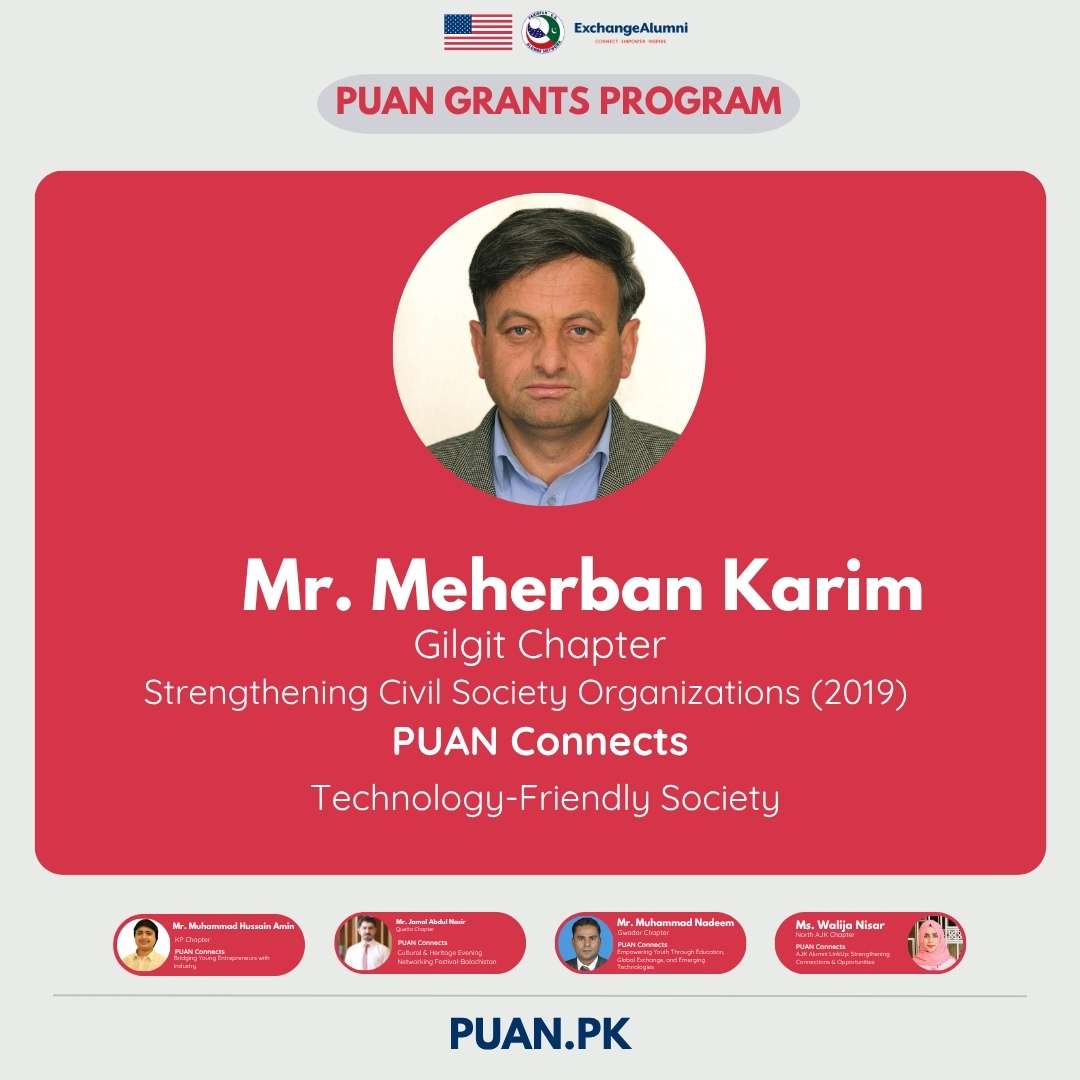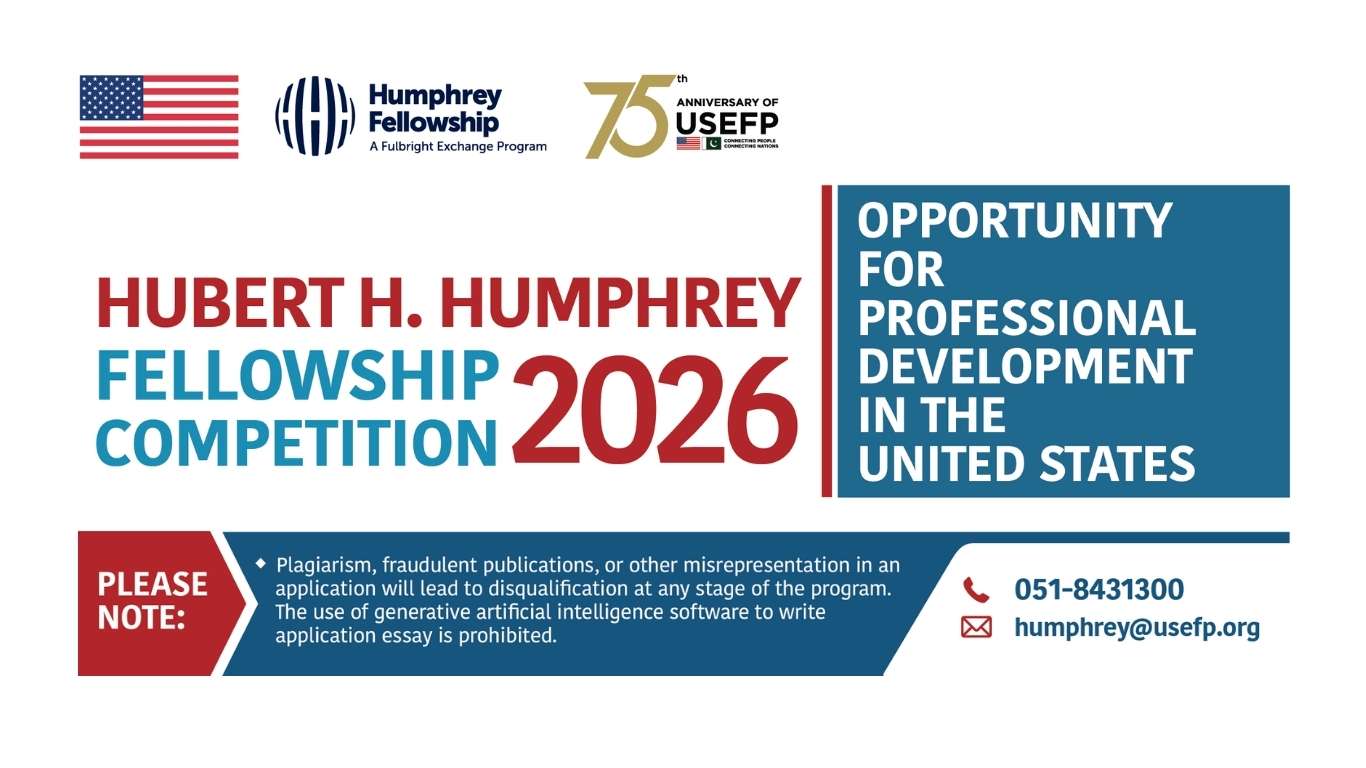By Rimsha Ali Shah
Ethnic, religious, and cultural diversity is amongst the most treasured riches of Pakistan, a relationship that has sadly been marked with pessimism lately. This narrative, however, did not sit well with Ambar Naz Sajid, an Access teacher and an alumna of the Cultural Immersion Program (CIP), Kazakhstan. Hailing from Karachi, the melting pot of Pakistan, Sajid knew that harmony, compassion, love, and respect for diversity were still alive in her city.
It was at this time that she attended a virtual session with the Office of Religious and Global Affairs on an initiative centered around the theme of promoting interreligious harmony. Days of Interreligious Youth Action (DIYA) provided Sajid the direction she needed to execute a project that engaged the youth of different ethnic and religious minorities through interactive activities that paved way for co-existence and collaboration.
Thus, she came up with the idea of the “Harmony Club”, a collaborative space with the mission to strengthen religious co-existence. This was made possible with the help of an alumni small grant from the Pakistan-U.S. Alumni Network (PUAN). All alumni of various U.S. government-sponsored exchange programs in Pakistan are eligible to apply for the grant of up to $5,000 USD to enable them to give back to their communities.
The Harmony Club celebrated diversity through a series of activities over a span of two months – from Eid-ul-Fitr to Raksha Bandhan – engaging participants from Hindu, Christian and Muslim communities from across Karachi. Let us take you through the Harmony Club initiatives that promoted the spirit of empathy, harmony, and co-existence.
Celebrating Eid-ul-Fitr at Holy Trinity Cathedral
Jeetander Kumar found the invitation to celebrate Eid-ul-Fitr at a church a bit odd. Belonging to the Hindu community, he had not been a part of any such religious celebration before. Yet, when he entered the Holy Trinity Cathedral on August 13, 2015, he felt excited. It was the first time he was attending an Eid celebration at a church with not just Muslims, but Hindus and Christians. They took part in the festivities and demonstrated how they celebrated Holi, sang their Bhajan and performed the famous cultural Malvari dance.
“The activity helped me understand the meaning of interfaith harmony and peaceful co-existence. Before this Eid celebration event, I could never have imagined celebrating Eid with such fervor, but now I have decided to invite my Muslim friends on our festivals, too!”
Promoting Dialogue through Interfaith Bilingual Contest
As the moderator called out his name, Shah Nihal looked around the room full of young speakers at the Shah Wilayat Public School as he walked towards the podium. He was competing with 16 other speakers from across colleges and universities in Karachi, each with their own impressive speech prepared on the topic, “Pakistan for all.” Participating in an interfaith bilingual contest was a first for him, but he had truly enjoyed composing his speech that spoke of religious tolerance, peaceful co-existence, and harmony.
The judges, Ahsan Umer and Madiha Rehman, greatly appreciated the zeal, content and speaking prowess of the participants and encouraged the idea of such events to foster acceptance and inclusivity.
Sporting Co-existence through Football

The interfaith football match held on August 26, 2016, at the Benazir Bhutto Shaheed Ground drew participants from different ethnic and religious background for a friendly match. Through sports diplomacy, participants developed ties with one another while playing together as teammates. Aurangzeb Shamir, an international football player, was also part of the activity as a coach to the young sportsmen.
“It was a great event that helped us see the peaceful exchange of ideas and development of friendships among people from different cultures and religions that will help them understand, and respect each other’s values and customs,” said Ehtram-ul-Haq, a teacher who was attending the sports event.
Tying the Knot of Brotherhood During Raksha Bandhan
As Mariam walked into the Bagwani temple on 30th August 2016, she was not too sure of what to expect. She had seen Raksha Bandhan celebrations in TV shows and movies, but being a part of such a festivity at a temple was a first for her.
“In Pakistan, where Hindus make up around two percent of the country’s population of 200 Million, celebrating Raksha Bandhan as a part of the DIYA project with our Hindu friends at a local Temple in Karachi was in my opinion, a true example of interfaith harmony and brotherhood.”
Drawing Religious Parallels for Interfaith Harmony

The Lincoln Corner at Liaquat Library on September 2, 2016, was host to a riveting discussion on “Interfaith Dialogue: Peace and Harmony.” The discussion engaged Reverend Shahid Sabir, Ms. Beeta, Faraz Liaquat and Humaira Shakil. The panelists spoke about the mutual respect for humanity, and the message of love, peace, and tolerance that was at the core of all world religions.
Amreek Kataria, a member of PUAN Karachi Chapter said, “No religion is complete without the message of peace and love.”
Concluding Remarks
The closing ceremony took place with the representatives of Hindu, Christian, Sikh, and Muslim communities at the Pakistan American Cultural Center on September 04, 2016. The team of Harmony Club celebrated their journey with the participants and promised to continue the message of harmony and peaceful co-existence in their communities.
Babar Ali Khan, who had been a part of the Harmony Club since its inception, said, “This is a peaceful platform to share happiness with people from different background and promote peace activism in youth.”
Areen Jiwani believed that the project a step in the right direction towards celebrating diversity. “The tools used to promote interaction and cultural exchange have been quite significant for the participants.”
Ambar Naz Sajid could not have been more proud of her team of volunteers who had ensured that all activities went as planned. As for the project she says, “Such activities help us empower youth to accept and celebrate diversity while fostering a culture of peaceful co-existence.”
Check out photos from all the activities here.





